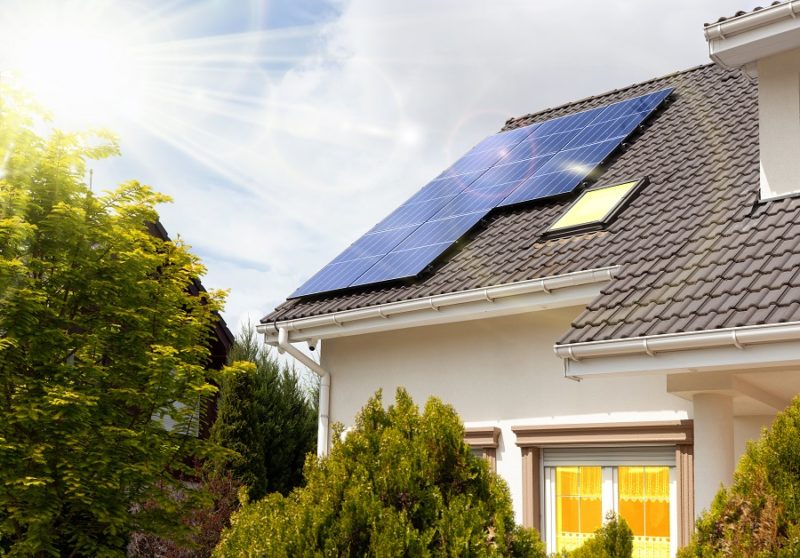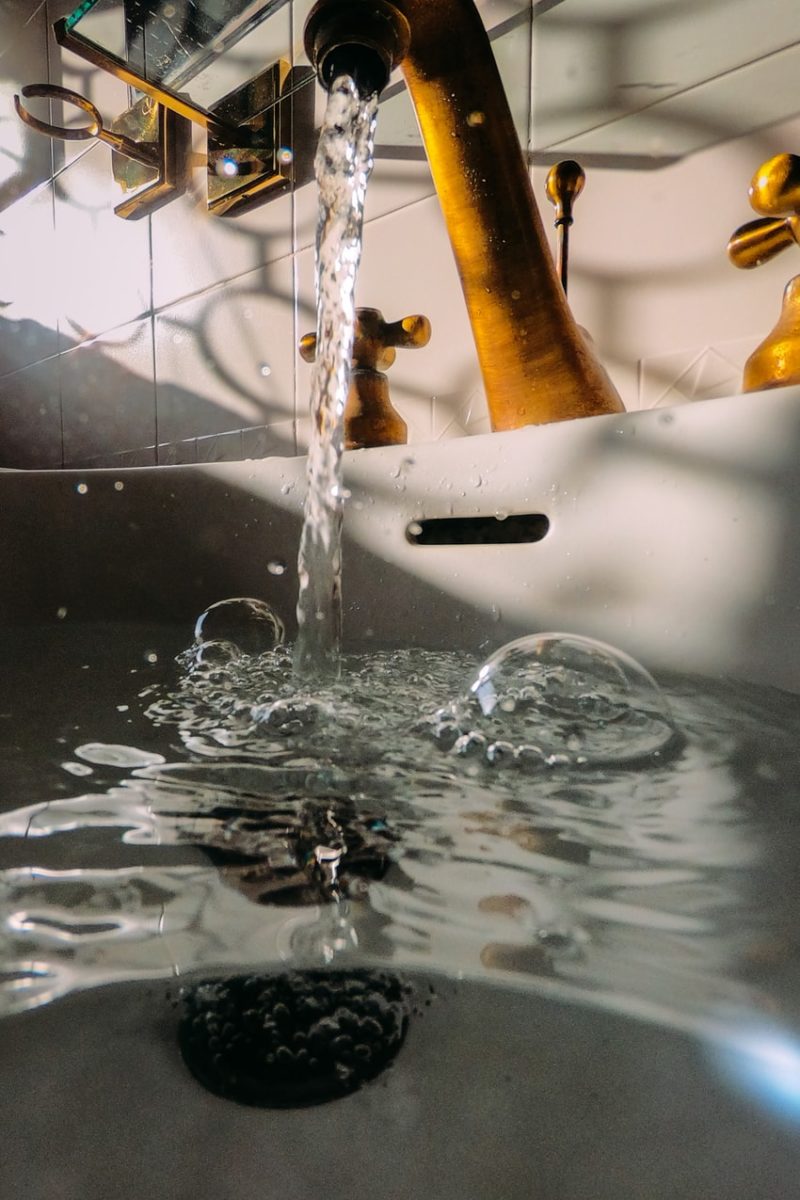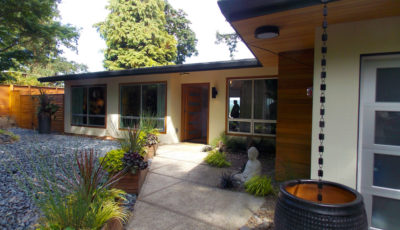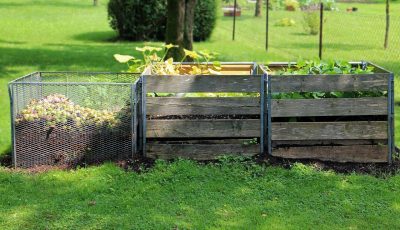5 Steps To Take Your Home Off The Grid
You may have heard about the benefits of going off-grid before: you can save money on your energy bills, reduce your carbon footprint, and have more control over what goes into your home. However, for many people, learning about off-grid living is just the beginning. The hardest part is making it happen.
Taking your home off the grid has several perks, like being able to live a sustainable lifestyle. Nonetheless, it’s always an exciting experience. That said, here are five steps you need to take to take your home off the grid:
Run On Solar Power
For those interested in the future of home energy, solar panels are one of the best ways to go. While solar panels can be expensive, they’re worth it. Solar energy is clean and renewable and will last for decades if properly maintained.
Generally, solar panels are installed on your rooftop. Installing a solar panel system requires proper knowledge and skills. So, you might want to contact a professional to do the installation for you. Also, it’s vital to install your panels in a location where it gets maximum exposure to sunlight.
Furthermore, keep in mind that Solar Panel maintenance is crucial in ensuring your system is free of any damage or accumulated debris and will perform at its best. Conduct routine maintenance checks every six months. This will enable you to maximize your solar panel’s cost-saving benefits.
Find Sustainable Building Materials
One of the first things you must look into when considering going off-grid is your building materials. Most of your energy consumption happens in your homes and offices, so if you could improve the sustainability of those places, you’d also be making a big difference for the environment as a whole.
When looking for sustainable building materials, look for recycled or reclaimed products rather than new ones from construction sites (which have probably been transported using fossil fuels). You can also look into using eco-friendly finishes on your walls and floors. This will not only help decrease your carbon footprint but will also save you money over time.
Install A Greywater System
A greywater system is a great way for you to improve your household’s water efficiency. It can be installed on a variety of structures. Whether you live in an apartment or a large home, the process is similar and easy to do yourself.
The first step is determining where you’d like to place your greywater system. If it’s a small unit, a spot near the kitchen would work best. If you have more space available, placing it near your laundry room could be ideal since this area is already set up for washing clothes and towels.
Once you have decided on where it’ll go, mark out where all the pipes will run from these machines as well as the outlets for them inside your walls. This is to ensure that there will be no problems with installation later down the line due to lack of space or accessibility issues caused by other objects in proximity around those pipes or outlets.
Adopt Cleaning Products That Are Safe for the Environment
As you work to make your home off the grid, you must be more aware of what you’re cleaning with. That means considering that the chemicals in many conventional cleaning products aren’t good for you or your family’s health.
When it comes time to clean your home, avoid using any substance with a rating of ‘Dangerous’ or ‘Extremely Dangerous.’ In addition, avoid using cleaners with warning labels like ‘flammable’ or ‘corrosive.’ Instead, look for biodegradable or natural alternatives such as vinegar, water, and lemon juice.
Use LED Light Bulbs Throughout Your Home
LED light bulbs are the way to go regarding energy efficiency and cost savings. Traditional light bulbs use a lot of energy, but LEDs last longer and use less power, so they end up saving you money in the long run. They’re also more durable than traditional light bulbs, which means they’ll last longer without burning out or breaking.
If you’ve been thinking about switching to energy-efficient products like LEDs—now is the time. You can save money on your electric bill by switching over. However, don’t forget that it’ll take time for those savings to add up.
Adopting LED light bulbs indoors ensures you won’t use any electricity from outside sources. These lamps will last longer than regular bulbs. So, there’s no need to change them very often—saving your money in the long run.
Conclusion
With the proper planning, some creativity, and the right tools, you can take your house off the grid. The important thing is to start with small steps and work your way up from there. Keep the steps above in mind, and you will be on your way to sustainable living.














